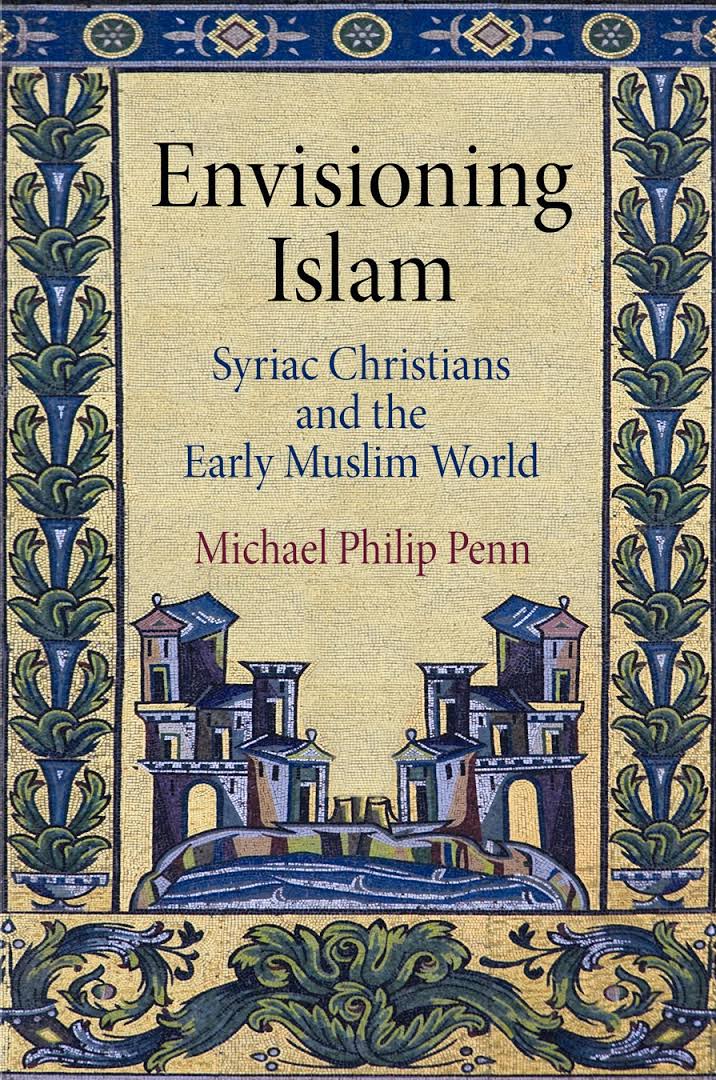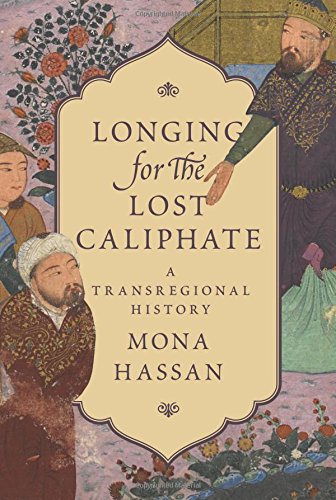Envisioning Islam: Syriac Christians and the
1) Envisioning Islam: Syriac Christians and the Early Muslim World – Michael Philip Penn
University of Pennsylvania Press | 2015 | PDF
The first Christians to encounter Islam were not Latin-speakers from the western Mediterranean or Greek-speakers from Constantinople but Mesopotamian Christians who spoke the Aramaic dialect of Syriac. Under Muslim rule from the seventh century onward, Syriac Christians wrote the most extensive descriptions extant of early Islam. Seldom translated and often omitted from modern historical reconstructions, this vast body of texts reveals a complicated and evolving range of religious and cultural exchanges that took place from the seventh to the ninth century.
The first book-length analysis of these earliest encounters, Envisioning Islam highlights the ways these neglected texts challenge the modern scholarly narrative of early Muslim conquests, rulers, and religious practice. Examining Syriac sources including letters, theological tracts, scientific treatises, and histories, Michael Philip Penn reveals a culture of substantial interreligious interaction in which the categorical boundaries between Christianity and Islam were more ambiguous than distinct. The diversity of ancient Syriac images of Islam, he demonstrates, revolutionizes our understanding of the early Islamic world and challenges widespread cultural assumptions about the history of exclusively hostile Christian-Muslim relations.
2) When Christians First Met Muslims: A Sourcebook of the Earliest Syriac Writings on Islam – Michael Philip Penn
University of California Press | 2015 | PDF
The first Christians to meet Muslims were not Latin-speaking Christians from the western Mediterranean or Greek-speaking Christians from Constantinople but rather Christians from northern Mesopotamia who spoke the Aramaic dialect of Syriac. Living under Muslim rule from the seventh century to the present, Syriac Christians wrote the first and most extensive accounts of Islam, describing a complicated set of religious and cultural exchanges not reducible to the solely antagonistic.
Through its critical introductions and new translations of this invaluable historical material, When Christians First Met Muslims allows scholars, students, and the general public to explore the earliest interactions between what eventually became the world’s two largest religions, shedding new light on Islamic history and Christian-Muslim relations.
 1 / 2
1 / 2 2 / 2
2 / 2


